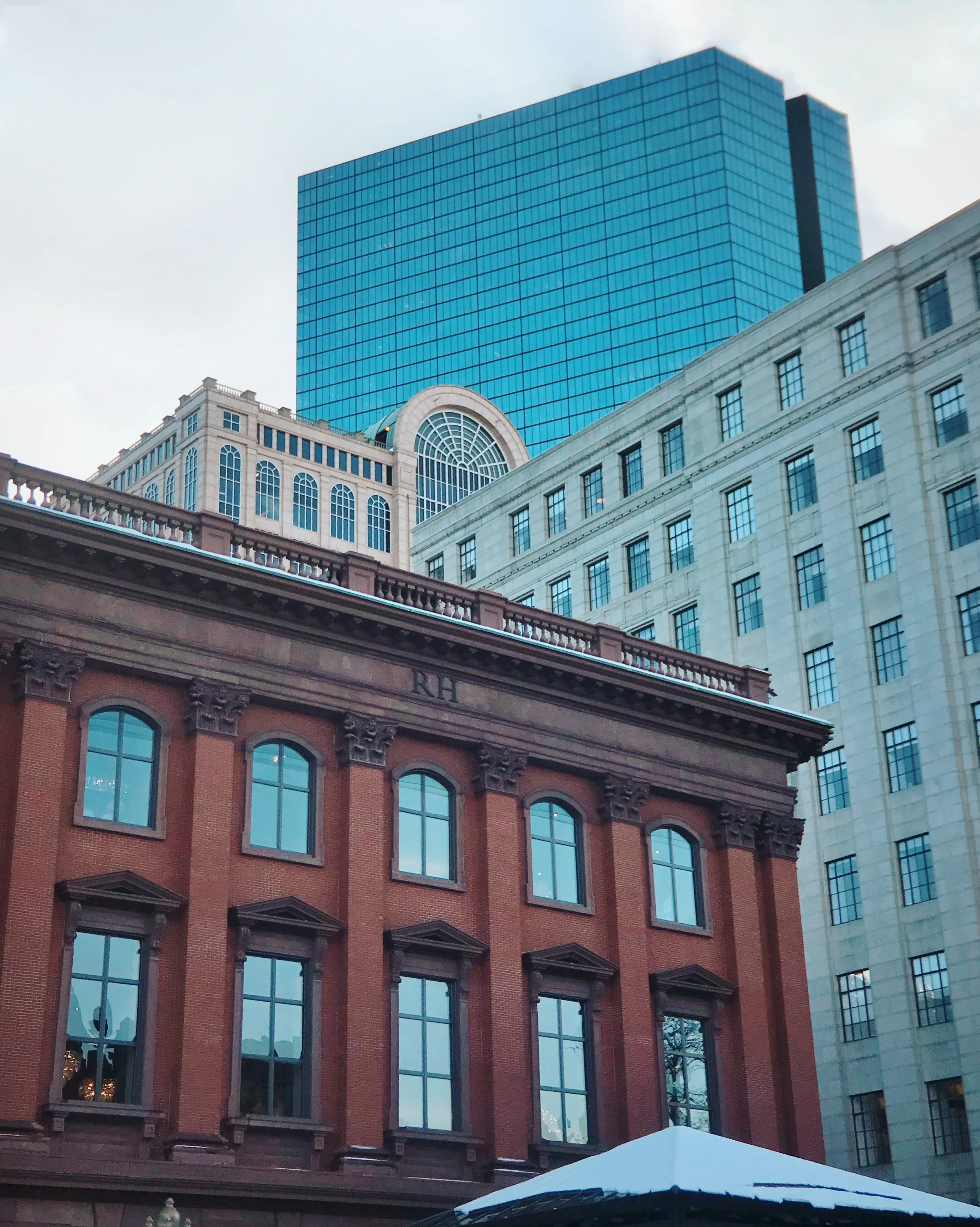by Lia Ward
In our last blog, we explored the basics of BERDO 2.0– Boston’s updated building ordinance that puts the city on a path to decarbonization. Although BERDO 2.0’s clear performance standards create a framework for more energy efficient buildings, significant change cannot take place without clear repercussions for those who refuse to comply. BERDO 2.0 has some serious building requirements and you are probably wondering how exactly they will be enforced. We are here to break it down!
Buildings that refuse to comply with the reporting requirement after 90 days of receiving a warning will face fines that range from $150 to $300 a day while failure to accurately report emissions can warrant fines ranging from $1,000 to $5,000. And those that don’t adhere to emissions standards? They could be required to shell out $1,000 a day. Owners can also choose to pay an Alternative Compliance Payment, equal to $234 per metric ton of CO2e in excess of their building’s target, if they don’t meet their emissions targets.
Now, you may be thinking to yourself: that is a lot of money that building owners will have to pay! Where does it all go?
Well, the resulting revenue will be put towards an Equitable Emissions Investment Fund which focuses on improving the energy performance of buildings that are relevant to environmental justice (EJ) populations. And to ensure that these dollars are used to benefit EJ communities and that marginalized voices have direct power in this policy, a Review Board — made up of majority members who were proposed by EJ and community-based organizations— will oversee the fund.
To guarantee that BERDO 2.0’s policy development process was both transparent and equitable, Boston’s Environment Department conducted a two-pronged engagement process where they collaborated with city staff, stakeholders, community organizations, and expert technical consultants to establish policy priorities. Our friends at Synapse Energy Economics led the way in conducting building energy and cost analyses and making policy recommendations! Boston’s Environment Department also worked closely with local community-based organizations such as One Square World and Alternatives for Community and Environment to convene and facilitate feedback from policy stakeholders.
BERDO 2.0 is not only a huge win in addressing Boston’s overall environmental goals but also a win for local residents who are most impacted by climate change. Although three other cities in the United States have already set similar standards (Washington D.C., New York City, and St. Louis), Boston may be the first to establish long-term emissions targets that achieve 100 percent decarbonization by 2050. As more and more jurisdictions adopt these standards, community-centered planning and equity must be rooted at their core. And while BERDO 2.0 excelled at prioritizing the needs of environmental justice communities during its policy development process, ongoing evaluation and feedback will be required to keep these populations’ voices front and center.
Want to learn more about BERDO 2.0? You can find the full text of the legislation on the City of Boston’s website. Let us know your thoughts about BERDO 2.0!



